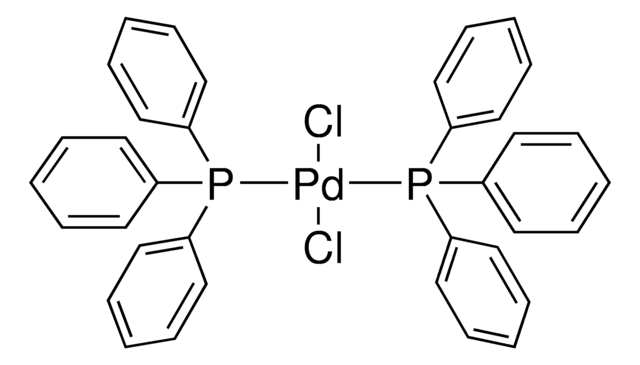76050
Palladium(II)-chlorid
anhydrous, 60% Pd basis
Synonym(e):
Dichloropalladium, Palladium dichloride, Palladous chloride
About This Item
Empfohlene Produkte
Qualitätsniveau
Form
solid
Eignung der Reaktion
core: palladium
reaction type: Buchwald-Hartwig Cross Coupling Reaction
reaction type: Heck Reaction
reaction type: Hiyama Coupling
reaction type: Negishi Coupling
reaction type: Sonogashira Coupling
reaction type: Stille Coupling
reaction type: Suzuki-Miyaura Coupling
reagent type: catalyst
Konzentration
60% Pd
mp (Schmelzpunkt)
678-680 °C (lit.)
Dichte
4 g/mL at 25 °C (lit.)
SMILES String
Cl[Pd]Cl
InChI
1S/2ClH.Pd/h2*1H;/q;;+2/p-2
InChIKey
PIBWKRNGBLPSSY-UHFFFAOYSA-L
Suchen Sie nach ähnlichen Produkten? Aufrufen Leitfaden zum Produktvergleich
Anwendung
Verwendung bei der Synthese von halbleitenden, metallhaltigen Polymeren, in denen das Polypyrrol-Rückgrat ein Konformationsenergie-Minimum aufweist und dieses nahezu eben ist.
- Cross-coupling reactions between terminal alkynes and aryl iodides or bromides under modified Sonogashira-Cassar-Heck conditions.
- Carbonylation of organic tellurides with carbon monoxide to form corresponding methyl carboxylates.
- Isomerization of allylic ester in acetic acid.
- Carbonylation of amines to form isocyanates.
Sonstige Hinweise
Signalwort
Danger
H-Sätze
Gefahreneinstufungen
Acute Tox. 4 Oral - Aquatic Acute 1 - Aquatic Chronic 1 - Eye Dam. 1 - Met. Corr. 1 - Skin Sens. 1
Lagerklassenschlüssel
8B - Non-combustible corrosive hazardous materials
WGK
WGK 3
Flammpunkt (°F)
Not applicable
Flammpunkt (°C)
Not applicable
Persönliche Schutzausrüstung
Eyeshields, Faceshields, Gloves, type P2 (EN 143) respirator cartridges
Hier finden Sie alle aktuellen Versionen:
Besitzen Sie dieses Produkt bereits?
In der Dokumentenbibliothek finden Sie die Dokumentation zu den Produkten, die Sie kürzlich erworben haben.
Kunden haben sich ebenfalls angesehen
Unser Team von Wissenschaftlern verfügt über Erfahrung in allen Forschungsbereichen einschließlich Life Science, Materialwissenschaften, chemischer Synthese, Chromatographie, Analytik und vielen mehr..
Setzen Sie sich mit dem technischen Dienst in Verbindung.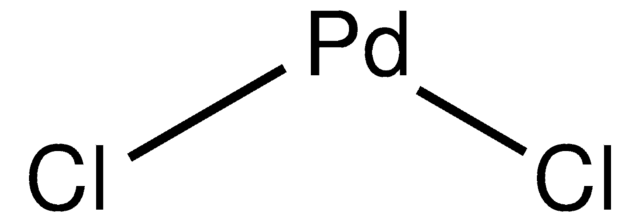
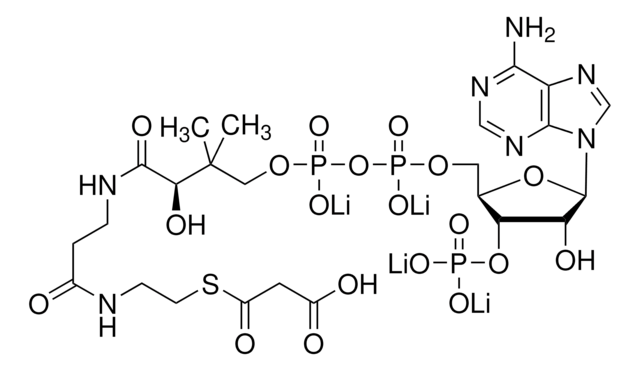
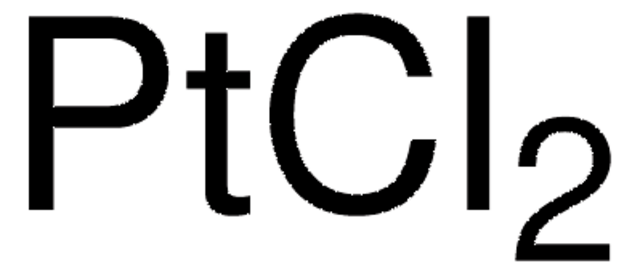







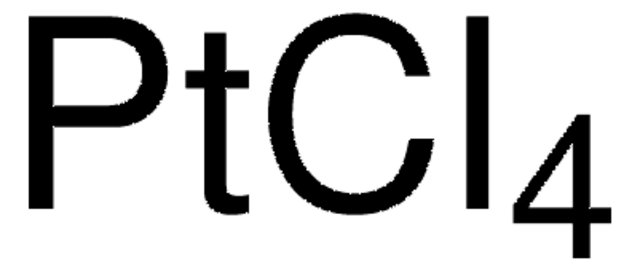
![[Pd(OAc)2]3 reagent grade, 98%](/deepweb/assets/sigmaaldrich/product/structures/508/249/99a0ef2c-b77c-4d73-8ed9-0cca05b6b41f/640/99a0ef2c-b77c-4d73-8ed9-0cca05b6b41f.png)


